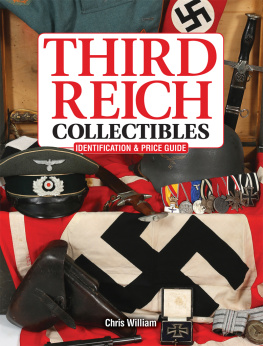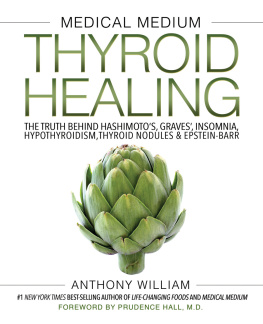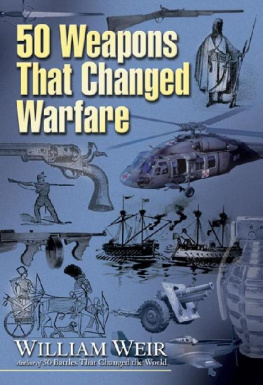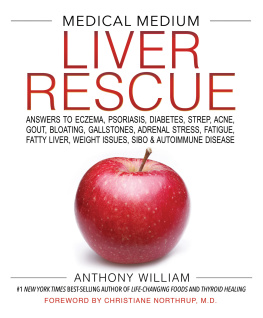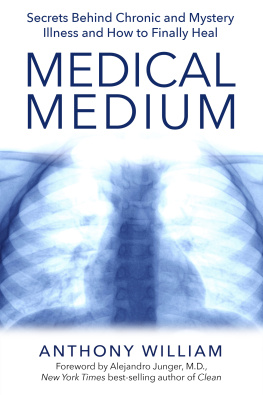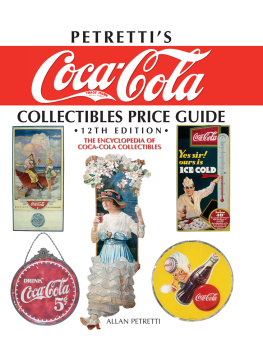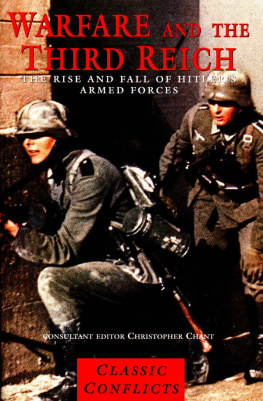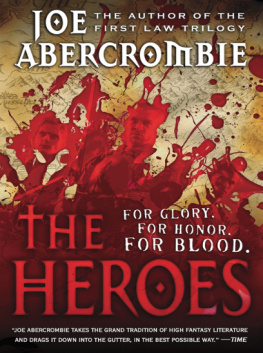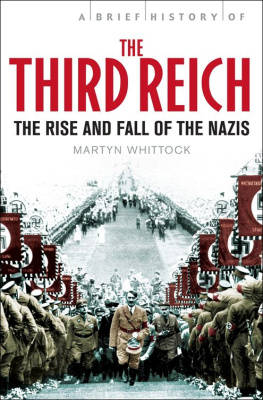Contents
Guide
THIRD
REICH
COLLECTIBLES
IDENTIFICATION & PRICE GUIDE
Chris William
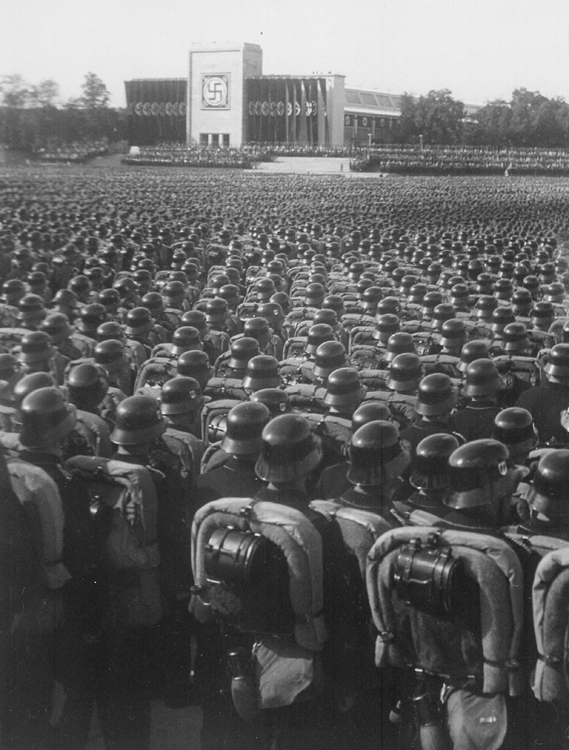
Overview of the mass roll call of SA, SS, and NSKK troops. Nuremberg, Nov. 9, 1935 .
UNITED STATES NATIONAL ARCHIVES: Charles Russell, Photographer
Contents
Chapter 1:
SA Sturmabteilung (Storm Troopers)
Chapter 2:
NSDAP Politischer Leiter (Nazi Political Leader Organization)
Chapter 3:
NSKK (National Socialist Motor Corps)
Chapter 4:
DLV NSFK (German Air Sports Leagues)
Chapter 5:
Polizei und Feuerpolizei (German Police/Fireman Forces)
Chapter 6:
RAD Reichs Arbeitsdienst (National Labor Corps)
Chapter 7:
DAF Deutsche Arbeitsfront (German Workers Front)
Chapter 8:
HJ Hitlerjugend (Hitler Youth)
Chapter 9:
RKB Reichskriegerbund (Veterans Groups)
Chapter 10:
SS Schutzstaffel (Nazi Protection Squad)
Chapter 11:
Heer (Army)
Chapter 12:
Luftwaffe (Air Force)
Chapter 13:
Kriegsmarine (Navy)
Chapter 14:
DR Deutsche Reichsbahn (German Railroad)
Chapter 15:
Frauenschaft (Nazi Party Womens Groups)
Chapter 16:
RLB Reichsluftschutzbund (National Air Protection)
Chapter 17:
Deutsches Rotes Kreuz (German Red Cross)
Chapter 18:
Other Groups
Chapter 19:
Reproductions, Fakes, and Fantasy Pieces
Introduction
After Adolf Hitler led a group of fanatical nationalists to political victory in the German Weimar Republic, he began to build his ideal new empire, which became known as the Thousand Year Reich. However, history would remember the new leader and his subsequent accomplishments much differently than his followers had first envisioned. No other man of the 20th century can summon more fear, loathing, and contempt within our current Western culture.
Though coming from humble beginnings, Hitler rose to be the driving force behind the deaths and exploitation of millions of people, including countless citizens of his own adopted country. Yet despite this, artifacts of the Third Reich are accumulated by todays collectors and military buffs who appreciate each piece for its artistic beauty and attention to design, rather than the abhorrent acts of the regime that created them.
Adolf Hitler was born on April 20,1889 to 52-year-old Alois and 29-year-old Klara Hitler in the village of Braunau am inn, Austria. When Adolf was six years old, his father, a civil servant, retired and moved the family to the small village of Hafeld, Austria. A favorite of his doting mother but a disappointment to his dominating father, Hitler spent an unremarkable childhood in the small Austrian town. He attended the nearby Fischlam school where he did well academically, but had numerous disciplinary problems due to his disrespect for authority. After his fathers sudden demise from heart disease, Hitler left the family home to pursue studies in painting and architecture funded by his meager inheritance and help from his mother. With her early death from cancer in 1907, the 18-year-old student was left without means, eventually living on the streets of Vienna for three years and sleeping at a vagrants hostel.

ROCK ISLAND AUCTION
Unemployed most of the time, Hitler produced and sold his small watercolor paintings and postcards to eke out a subsistence living. With Germanys entry into World War I in 1914, 25-year-old Hitler immediately enlisted in the German Army and served with distinction (he was awarded the iron cross 1st class and 3rd class wound badge) as an enlisted courier. At the end of the war, Hitler, temporarily blinded by an allied gas attack, began to formulate his hatred for the leaders of Germany while he convalesced and spoke with his fellow soldiers about the injustices of their defeat. The occupation of his beloved Fatherland by Allied forces, loss of German territories, and Germanys heavy economic reparation toll under the Treaty of Versailles would later grow this abhorrence to even greater heights.
Upon being released from medical care in 1919, Hitler began a new career in the Reichswehr (post-war army) intelligence corps, with his first assignment being the infiltration of the Deutsche Arbeiterpartei (DAP, German workers party), one of the many radical right-wing factions battling for power in the chaotic streets of the Allied-sanctioned Weimar Republic. Once introduced to the group, Hitler avidly agreed with their core beliefs of nationalism, anti-Semitism and Aryan superiority, joining as member 555 (number 55; the group added 500 to make its membership appear larger). He was immediately recognized for his unique oratory skills, which made him a natural public speaker. By 1921, through a series of political intrigues, he became the chairman of the DAP and eventually changed its name to the Nationalsozialistische Deutsche Arbeiterpartei (National Socialist German Workers Party NSDAP Nazi).
Being in a constant conflict with other parties for public support, the groups main adversaries were the members of the Communist Party along with the Social Democrats. In the early meetings, Communists regularly broke into the Nazi auditoriums or beer halls (and inversely, Nazis disrupted the Communist gatherings), so Hitler formed a protective group, the Sturmabteilung (SA, or storm troopers) to guard its members, keep order in the meetings, throw the agitators out, and attack attendees at Communist meetings. When political battles became more physical, the SA fought the Communists with their fists, clubs and pistols in the cities and villages across the country. In addition, the SA punished others who did not support them or those they viewed as non-German undesirables.
In 1923 Hitler headed an attempted failure to overthrow the government through his Beer Hall Putsch, the result of which left 16 Nazis dead from police bullets and Hitler sentenced to prison for treason. While in Landsberg prison, Hitler wrote his autobiography and the outline for his plans of world domination, Mein Kampf (My Struggle), which became mandatory reading for all members of the party. After his release, the Nazis continued their struggle for national prominence by street brawling, holding numerous meetings, conducting propaganda campaigns, and providing food and winter fuel for the German poor during the post-war depression. By these persistent efforts the party was able to attract more and more active members and casual followers.
Volksgemeinschaft (a German concept of peoples community, which eliminated class boundaries in order to bind the people together as one ethnic unit) was actively promoted by the Nazis in their public speeches. In addition, Nazi rhetoric included strict nationalism, ethnic/racial pride, a call for the re-emergence of the past great German empire, active rebellion against the perceived unfair Treaty of Versailles, and blame for most problems placed on the heads of the ever-present scapegoats: gypsies, homosexuals, Freemasons and, above all, Jews.
Hitler targeted the Jewish population by escalating age-old discriminatory practices and pogroms (systematic massacres of ethnic Jews) that had resurfaced from time to time across Europe since the 14th century. With the combination of stringent war reparations and the early advent of the great world depression hitting Germany harder than most other countries (under the shadow of reparations with many of their major industries seized), Hitler and the Nazis were able to feed the German people, who were starving for both bread and a feeling of self-worth. Medals, ribbons, badges and other awards were handed out by the Nazis to thousands of people in all walks of life to build their self-esteem and feeling of community spirit.

